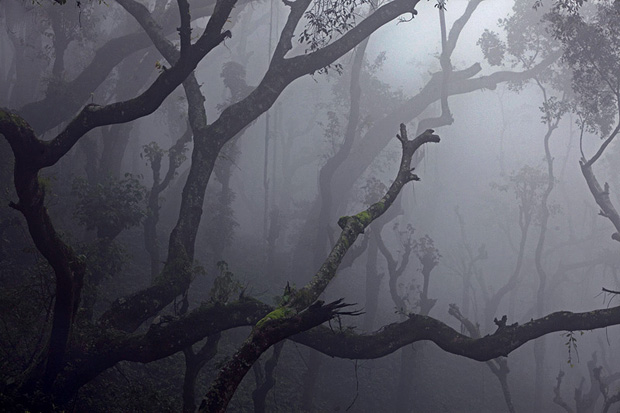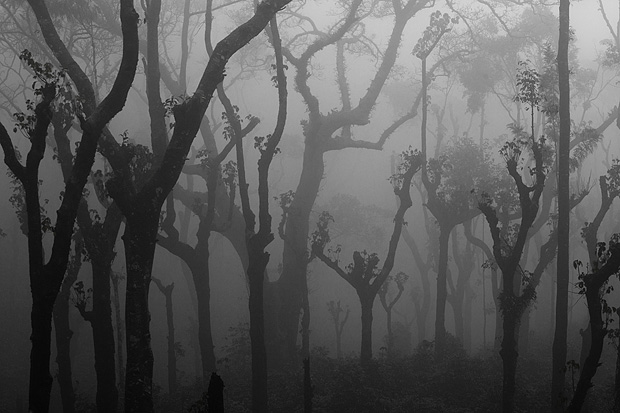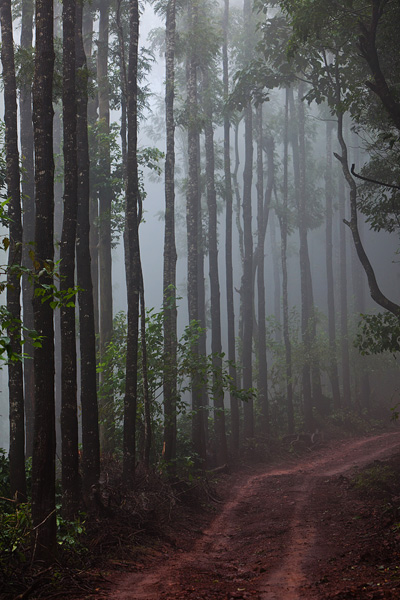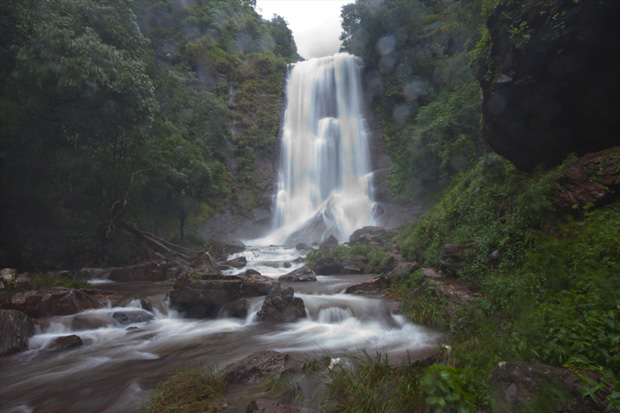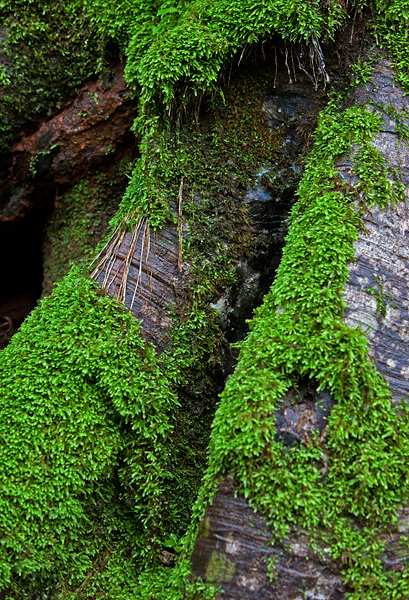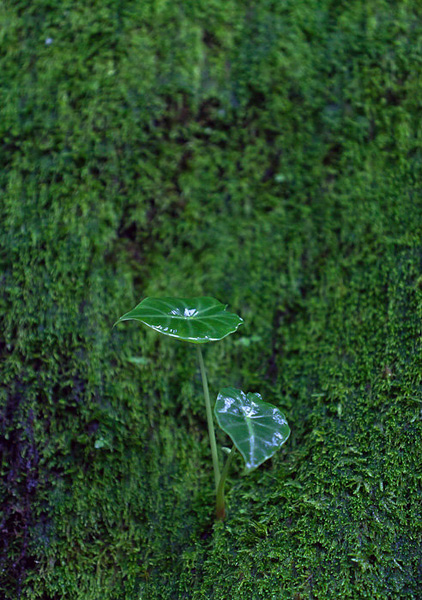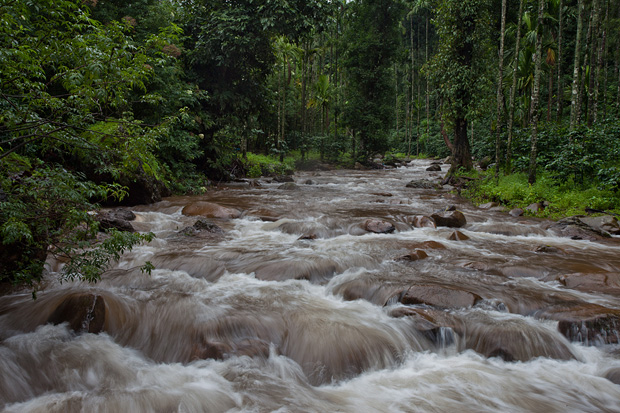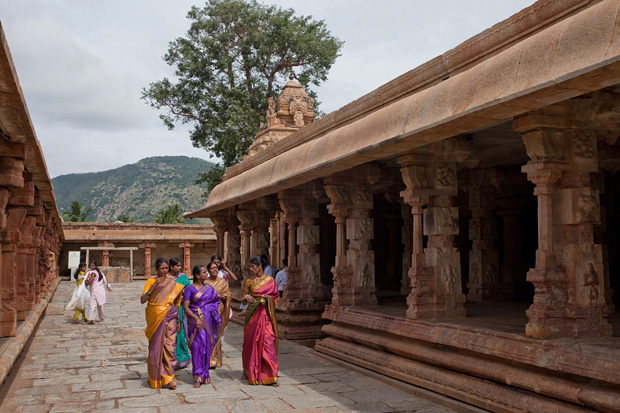Images – Monuments of Hampi
Here is a compilation of images of heritage sites in Hampi, made during my two visits to the place this year. In these visits, I attempted to go beyond merely documenting the temples, but tried looking for new angles and perspectives to capture them. I must admit that the time I spent at each monument is far less than I would have liked to, to be able to do justice to their beauty. I believe that good pictures are made by continuous and patient observation, taking time to immerse oneself in the surroundings. There will be many more visits to Hampi in the coming years, where I hope to spend time finding more perspectives and unseen beauty of these monuments.
Also see my images of birds of Hampi.
Virupaksha Templs’s tower is the tallest and among the most prominent structures in Hampi. While the deities in all other temples in Hampi were desecrated at some point in time, Virupaksha Temple remained intact. This is the only places among the old temple where the lord is still worshiped. Also read the debate on why Virupaksha Temple was not desecrated, on Anu’s blog.
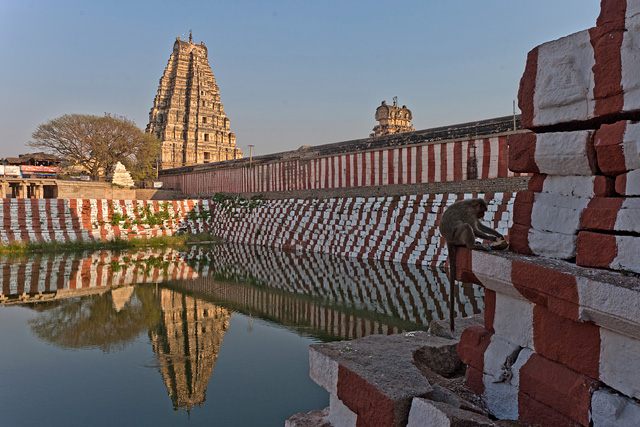
The insides of Virupaksha Temple.
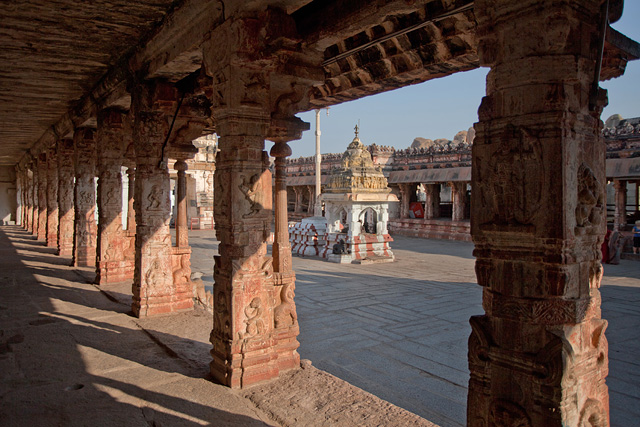
More views of Virupaksha Temple, taken from nearby Hemakuta Hill.
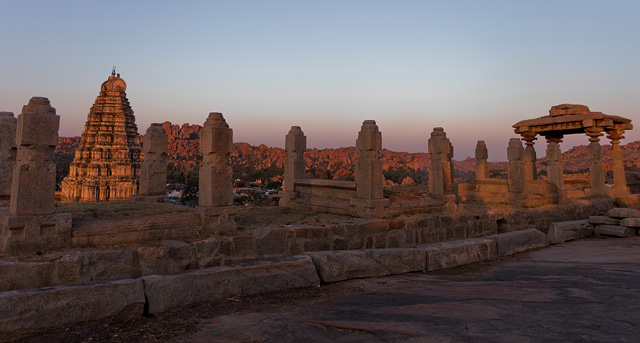
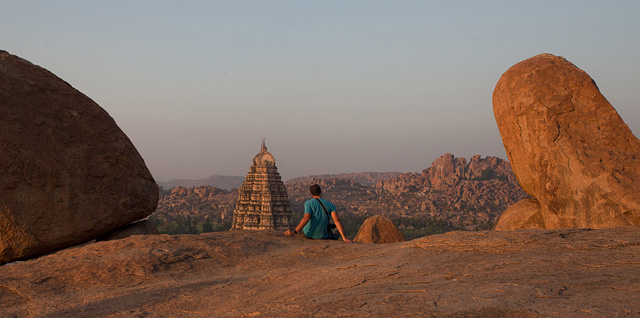
And here is how Hemakuta Hill looks from the courtyard of Virupaksha Temple. People arrive at the Hemakuta Hill in the evening hours to see the beautiful vistas of a boulder-strewn landscape and to watch the sunset. This picture was taken about thirty minutes before the hour of sunset.
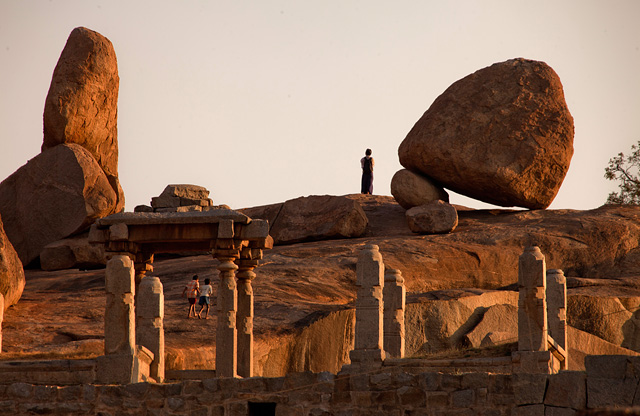
Here is a mendicant on one of the mantapas on Hemakuta Hill.
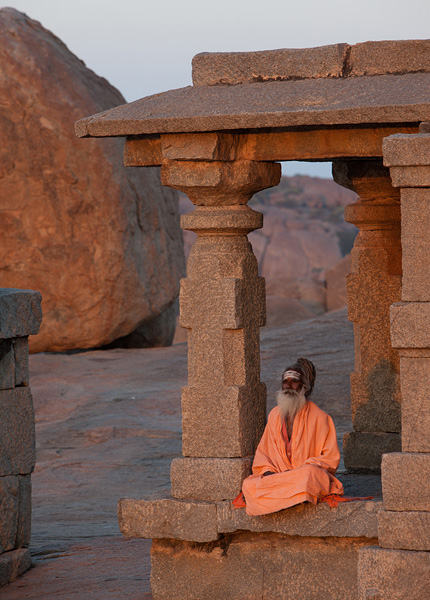
A long avenue, called Hampi Bazaar, located in front of Virupaksha Temple is said to be the place that symbolized the past riches of Hampi. This is where gold and diamonds were sold by the street side in the heydays of Vijayanagar Kingdom. Even today, a long shelter with hundreds of pillars has remained on both sides of the avenue, which once served as shops selling the riches. To the other end of the avenue is Matanga Parvata, said to be the highest point in Hampi. This mantapa is at the base of Matanga Parvata about a kilometer away from Virupaksha Temple at the other end of the avenue.
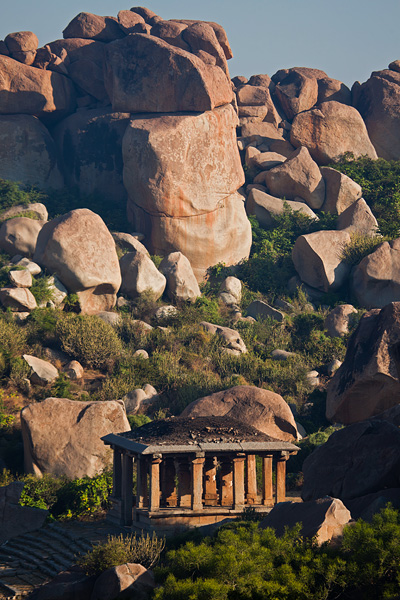
To the other side of Matanga Hill Achutaraya Temple, seen in the picture below.
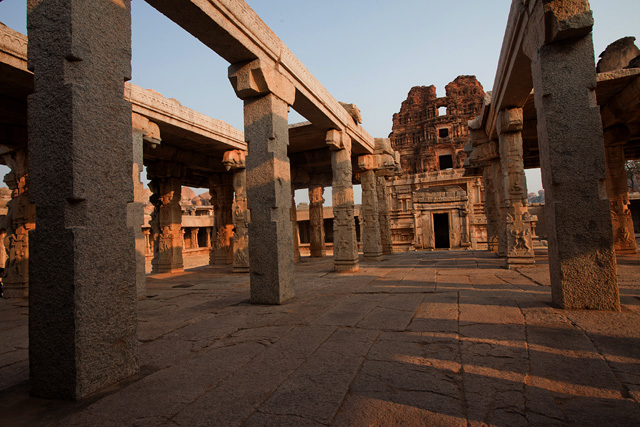
Similar to the bazaar in front of Virupaksha Temple, Achutaraya Temple also boasts of a wide and long avenue which once had shops lined on both sides. This Kalyani is at the other end of Achutaraya Bazaar.
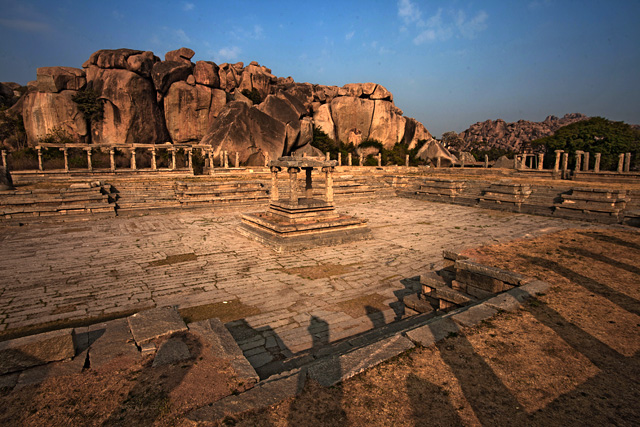
River Tungabhadra flows through Hampi, flowing close to Virupaksha Temple and the kalyani in front of Achutaraya Temple. Further, about a kilometer downstream on the bank of the river is Vijaya Vithala Temple, one of the major monuments of Hampi. It is most known for its musical pillars and a stone chariot in the temple courtyard. My personal favourite is this frangipani tree that adds a great charm to the temple premises. Thankfully, it was flowering during my last visit in February.
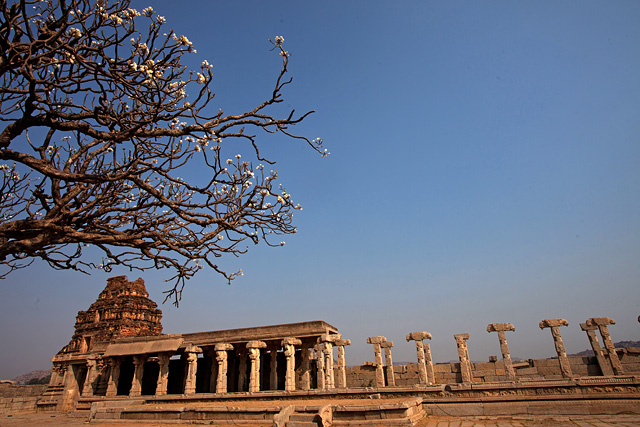
Lotus Mahal is another well-known monument in Hampi, located along with a series of sites that one can visit along with this. During my visit to the Mahal in January, we reached here just before sunset to catch the last golden rays of sun falling on the monument.
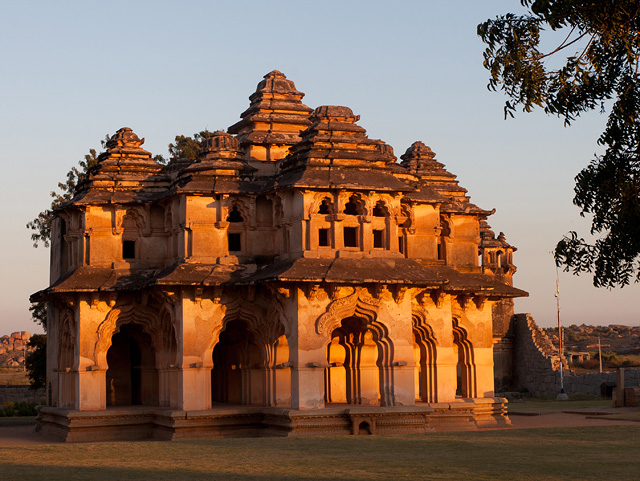
A closer look at Lotus Mahal.
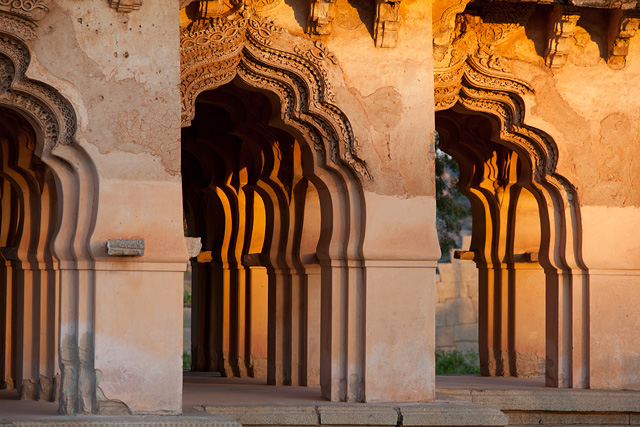
Near Lotus Mahal is a large enclosure where the royal family lived. The palace and other buildings in the enclosure do not exist any more. A large elevated platform from which the king addressed his subjects, and a series of tanks and aqueducts form the highlight of the royal enclosures. Here is a small section of a step well in the royal enclosure.
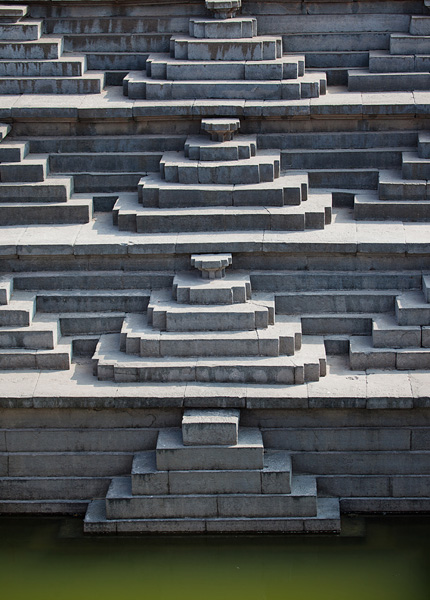
Not far from royal enclosure is the queen’s bath – a modest building with a tank in the center of it. Here is an image of the passage around the tank.
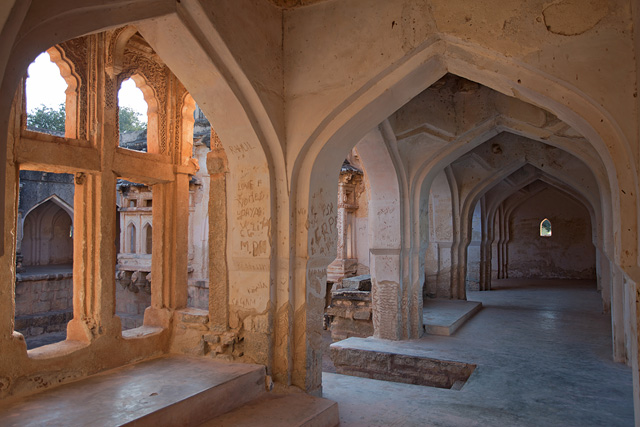
Prints of the image available. Request for prints
